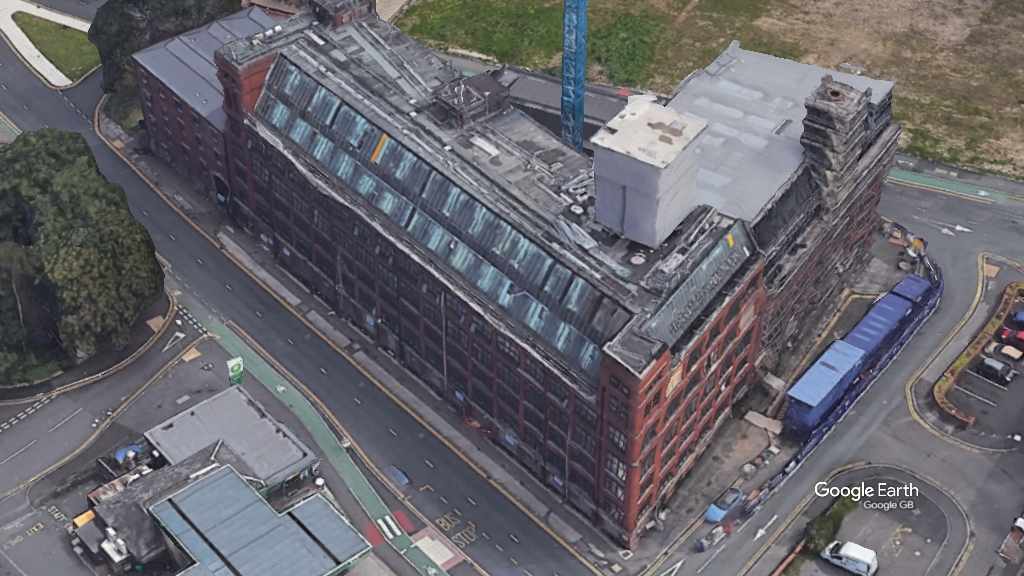CITB urges more accident prevention as site deaths increase
 Recent analysis by construction union UCATT showing that last year the North West had the highest rise in the number of construction deaths in England, Scotland and Wales, from two deaths in one year to five, has brought the question of health and safety into high relief, writes Kevin Fear.
Recent analysis by construction union UCATT showing that last year the North West had the highest rise in the number of construction deaths in England, Scotland and Wales, from two deaths in one year to five, has brought the question of health and safety into high relief, writes Kevin Fear.
News of fatalities and accidents make for difficult reading as they are tragic for the families concerned and damaging to the industry.
The first question everyone asks is 'why? How did this happen?' While much reporting suggests the recent upsurge in construction activity is at the heart of the problem, I believe that it is less straightforward than that as many factors are at play.
Any loss of life is a tragedy, one fatality is always one too many. But inevitably as the workforce grows in line with the economic upturn, the number of construction deaths will increase too. However, the key measure is the ratio of fatalities in relation to the size of the workforce. In 2013-14 there were 42 fatal injuries to workers, and the rate per 100,000 workers was 1.98, which compares favourably with the five-year average of 2.3. Rates of major injury have fallen consistently for the last 10 years.
While fatalities understandably make the headlines, the industry's health record is less widely reported, even though in many ways these are more concerning. Important research work being undertaken by Dr Lesley Rushton for the Health & Safety Executive to examine and explore patterns and causes of occupational cancers that affect construction workers, for example, largely goes unreported because such cancers often take years to manifest and are not recorded as well.
See below for table of regional stats
Another programme that completed its work earlier this year is the Construction Dust Partnership, set up to raise awareness about lung diseases related to hazardous workplace dust and to promote good practice to prevent these diseases.
The change that will make the biggest improvement in construction's health and safety record, however, is a cultural one. Traditionally construction and site work has evolved into a way of working that's all about problem solving and crisis management. Indeed, much of the thrill of the job for many is looking at how to circumnavigate tricky problems that arise. The unforeseen and the unforseeables are perhaps the reason why building works have developed a reputation for going over budget, falling behind schedule and for exposing workers to unreasonable risk.
But approaches to projects are changing. We're moving away from a solutions-entrenched attitude to a more preventative and planning-based approach.
Technology is playing a major role in this and will do even more so in the future. Building Information Modelling will not only change the blueprints by exploring how everything will map out on the technical side, but will also ingrain a steadfast planning and visionary mind-set that will firmly place prevention and risk management at the fore. And health and safety will benefit.
Improvements are afoot and the industry is heading in the right direction. CITB has been asked to take a central role with producing industry guidance for proposed changes to the Construction (Design and Management) Regulations and I have been appointed to chair a steering group of the industry's leading health and safety thinkers. The key aspect of this guidance is that it has been written by industry for industry and with a specific focus upon companies that employ fewer than 15 workers.
The only target for the construction industry when it comes to fatalities must be zero. In fact, it should be beyond zero. We should not only be protecting workers but also be improving health and wellbeing where possible to ensure that all workers have long and rewarding careers, and that they remain fit enough to enjoy their retirement years.
Rev Kevin Fear is head of environment and Health & Safety strategy at the Construction Industry Training Board.
Construction deaths based on UCATT figures:
|
Region |
2013/14 |
2012/13 |
|
North West |
5 |
2 |
|
Yorkshire |
6 |
6 |
|
East Midlands |
3 |
0 |
|
West Midlands |
1 |
2 |
|
North East |
3 |
1 |
|
Scotland |
5 |
5 |
|
Eastern |
2 |
3 |
|
London |
5 |
8 |
|
South East |
4 |
4 |
|
South West |
5 |
5 |
|
Wales |
3 |
3 |
|
Total UK fatalities |
42 |
39 |





"Beyond Zero"? Don’t be ridiculous. Zero is just fine as a and actually makes sense. What on earth is "beyond zero"? To be clear – anything above zero unacceptable. I would note that the title of this article is misleading – the data actually shows the accident rate per worker going down. The additional 3 fatalities are due to the upswing in construction. Obviously, condolences anybody affected.
By mancboi